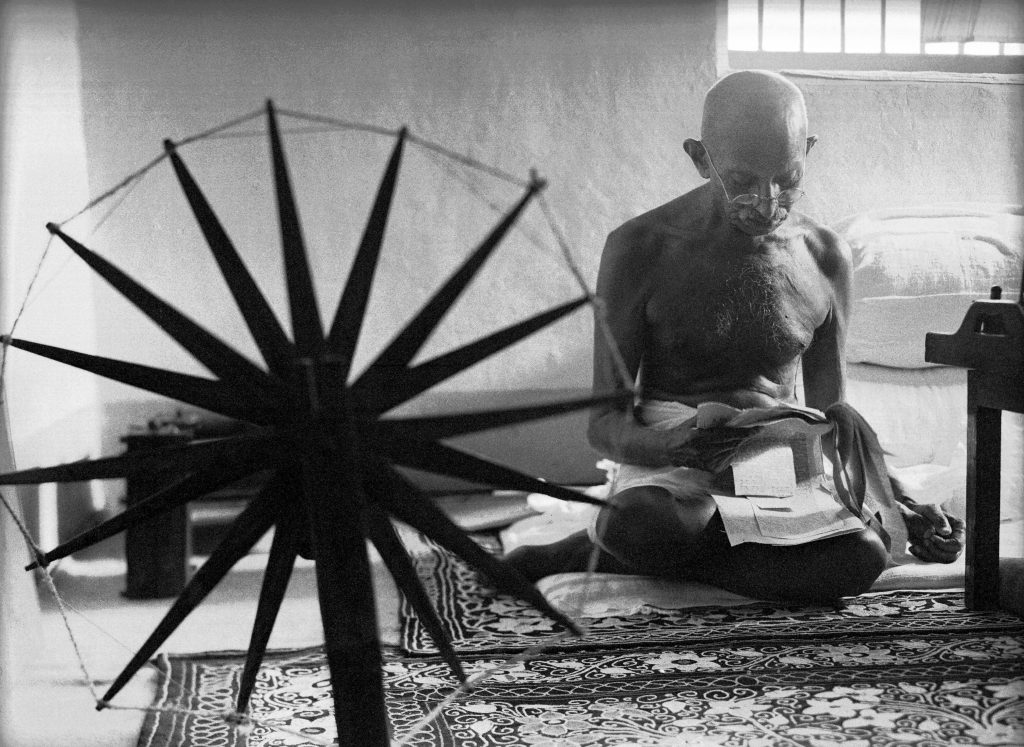
Photographer and war correspondent Ralph Morse in Army uniform, on assignment. (Photo by Ralph Morse/The LIFE Picture Collection © Meredith Corporation)
After high school, Ralph Morse (1918-2014) got a job with a photographer sweeping floors and delivering pictures. A few years later, in 1939, he was shooting for LIFE. By the end of WWII, having already covered Doolittle’s raid on Tokyo, the landing at Guadalcanal and the liberation of Paris, he was the only civilian photographer present when the Germans surrendered to Eisenhower. A perpetual motion machine, Morse designed equipment if it didn’t exist and was a master of techniques such as multiple exposures. His ability to adapt the camera for one new challenge after another was unmatched. In 1958 he began a 15-year period of covering the space program. His immersion in that pioneering field, and his talent for conveying the experiences therein, resulted in some of America’s most revelatory, and intimate, photojournalism. As former Managing Editor George Hunt said, “If LIFE could afford only one photographer, it would have to be Ralph Morse.”

Astronaut Malcolm S. Carpenter and his wife reading with their children. (Photo by Ralph Morse/The LIFE Picture Collection © Meredith Corporation)
He was such a constant in their activities that the Mercury Seven team dubbed Morse the Eighth Astronaut. Those were, of course, the days when these adventurers stood on America’s highest pedestal. Of LIFE’S coverage. Morse said, “You’ve got to remember, we made heroes of the astronauts the day they were picked … We took seven men who were all good test pilots and terrific guys. but we were making heroes out of men who hadn’t done anything yet.”
—Adapted from The Great LIFE Photographers

Light-beam contour map used by the Air Force to design flight helmets. (Photo by Ralph Morse/The LIFE Picture Collection © Meredith Corporation)

Apollo 11 spaceship lifting off on historic flight to moon. (Photo by Ralph Morse/The LIFE Picture Collection © Meredith Corporation)












